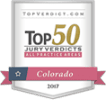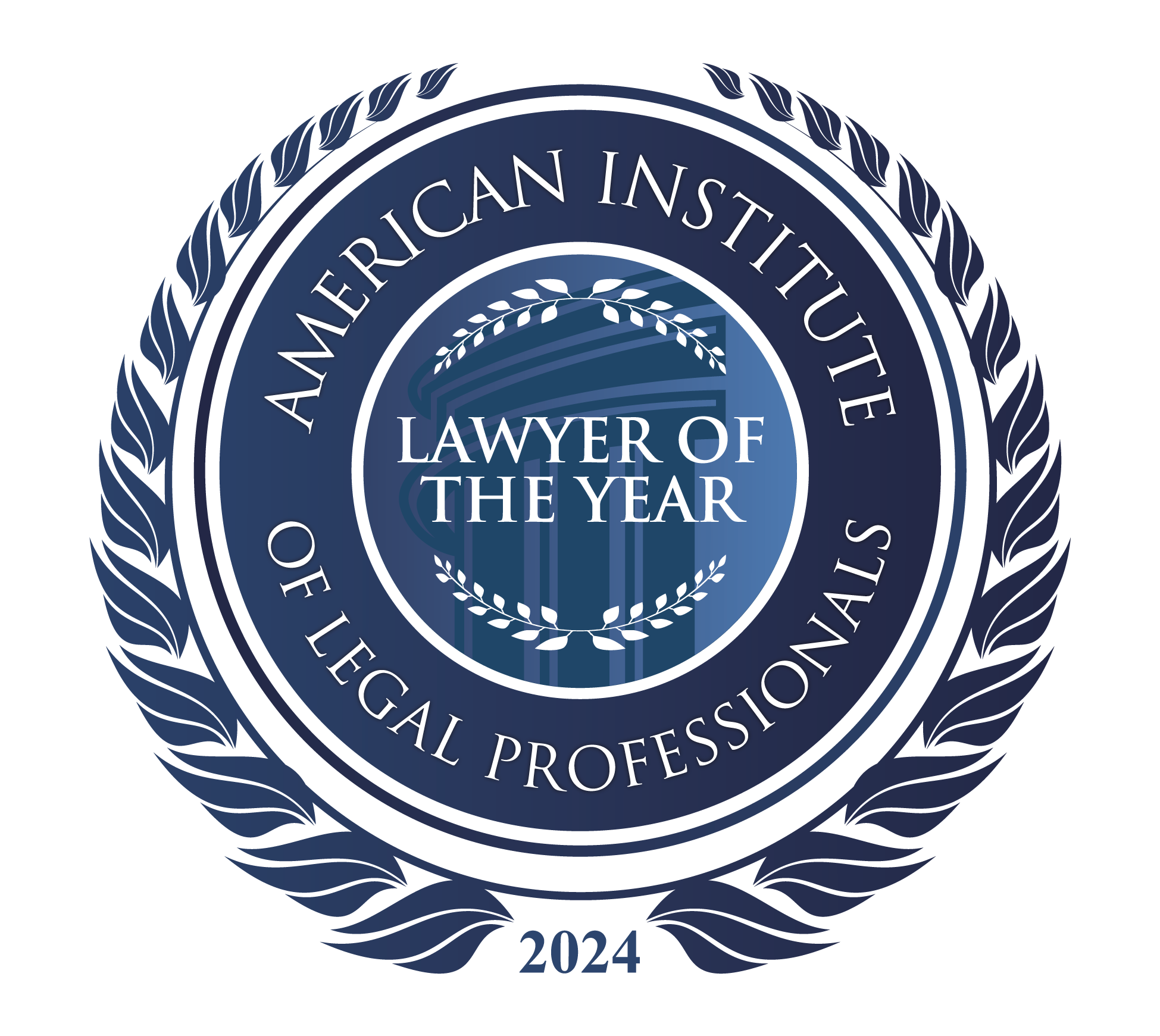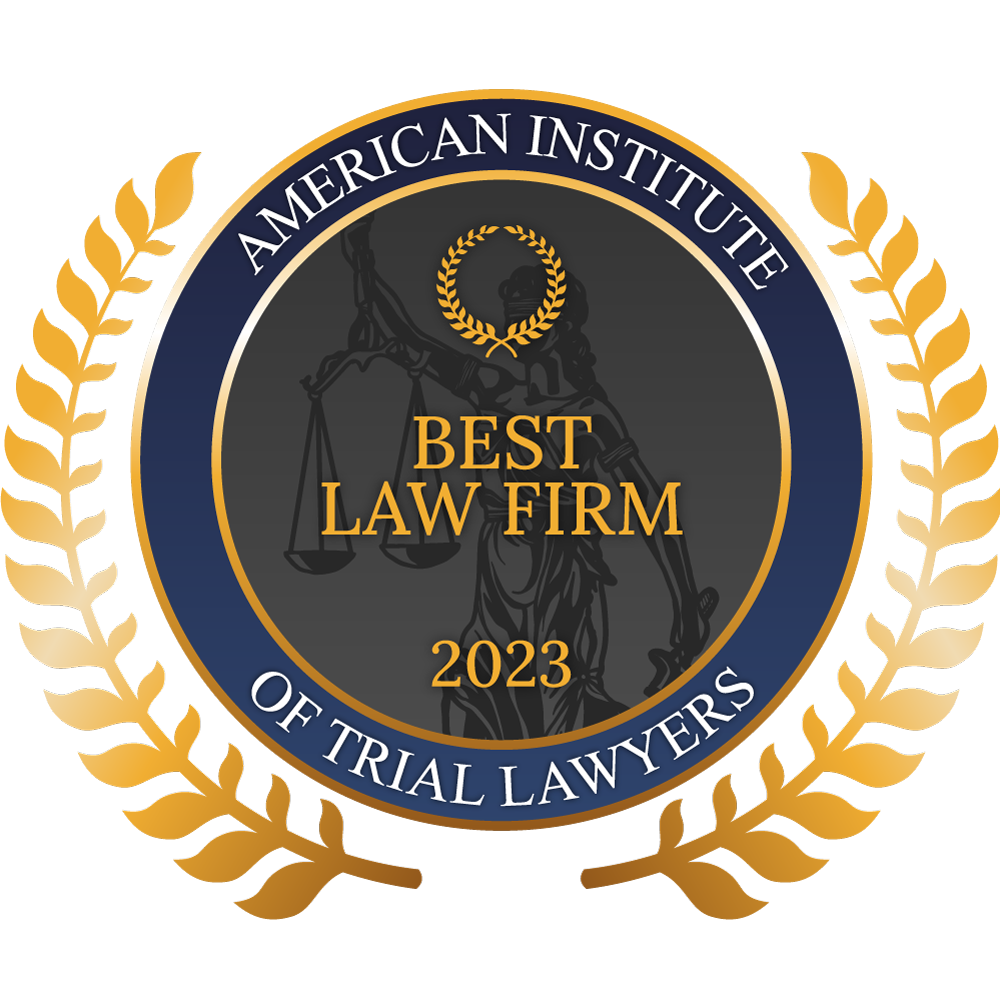Typically, the driver who made the left turn is liable, but there are some exceptions. For example, if the driver making the turn has a green arrow in a left-turn lane, they have the right-of-way and may not be to blame for a subsequent car crash.
If you’ve been injured in a left-turn accident in Colorado, you need a lawyer to help you pursue the financial compensation you need. You shouldn’t have to face the burden of missed work and costly medical expenses alone. An experienced personal injury lawyer can help you pursue your car accident claim and protect your rights.
What Are Colorado’s Laws for Vehicles Making a Left Turn?
Under Colorado law, a driver who wants to turn left at an intersection or into a driveway, road, or alley must yield the right-of-way to oncoming traffic. This requirement only applies if approaching traffic is either in the intersection or about to enter, so it requires some judgment on the driver’s part. An accident could result if the driver making the left turn misjudges the speed of approaching cars.
State law also requires that a driver who plans to make a left turn use the lane furthest to the left to make the turn. If a dedicated left-turn lane is available, the driver may not use any other lane to turn.
Are Left-Turn Accidents Common?
Left turns are among the most common causes of traffic collisions in the U.S. A right turn is always made in the same direction as traffic. However, a driver turning left must cross in front of oncoming traffic. According to the National Highway Traffic Safety Administration (NHTSA), right turns account for only about 1 percent of accidents at intersections, while left turns are responsible for over 20 percent.
Is the Driver Making the Left Turn Always Responsible for the Accident?
The at-fault driver in a left-turn accident is usually the one who made the turn, but there are some exceptions. A driver who uses a left-turn lane with a green turning arrow has the right-of-way, so they may not be liable for any resulting accident. Of course, that also depends on other factors, such as the speed of both vehicles and whether either driver was distracted.
An important note: Colorado does not bar car accident victims from recovering compensation, so long as they are less than 50 percent to blame. In such cases, Colorado’s modified comparative negligence law instructs the court to lower the damages the victim is entitled to in proportion to their liability for the accident.
What Are Common Reasons for Left Turn Accidents?
According to the NHTSA, common causes of a left-turn car crash include:
- Turning with an obstructed view
- Misjudging the speed of approaching vehicles
- Misjudging the gap between the vehicle and approaching vehicles
- Making incorrect assumptions about what other drivers will do
- Driving while distracted or inattentive
- Making an illegal maneuver of some kind
What Should I Do If I Am in a Left Turn Accident?
If you are in a left-turn car crash, you should take the following steps:
- If you haven’t done so already, seek medical care for your injuries, even if they don’t seem significant. A minor ache now can turn into debilitating pain later.
- Notify your insurance company of what happened, but do not admit fault or speculate on the ultimate cause of the crash.
- Gather potentially useful information in a single place. This may include medical records and bills, vehicle repair estimates, and pay stubs or other proof of lost wages.
- Call a Colorado car accident lawyer to arrange a free consultation. Bring your file of evidence with you so they can review it and advise you on your options.
Can I Sue the Other Driver for My Injuries and Damages?
If you were injured in a car crash in Colorado, you have the right to sue for compensation for your injuries and other damages. However, your compensation will depend on proving the other driver caused the accident. You need to contact a Colorado personal injury lawyer immediately to investigate the crash, establish that driver’s fault, and negotiate with the driver’s insurer for a fair settlement. If negotiations fail, your attorney can file a lawsuit on your behalf.
What Evidence Can Prove the Other Driver Was Responsible?
Evidence that can prove the other driver was at fault includes:
- Traffic camera footage – This video footage can show exactly what happened to cause the accident.
- Eyewitness accounts – Bystanders who saw the accident can provide valuable and objective insight into the accident.
- Police reports – The police will take down all the details about the accident right after it occurs, including who made the left turn and whether they had a green turn arrow.
- Vehicular data— Modern vehicles often have computerized event records that show the speed the drivers were going at the time of a crash, whether they applied the brakes, and other relevant facts.
- Physical evidence – Debris, skid marks, and even the vehicles themselves can be examined to determine key facts about the crash.
How Long Do I Have to File a Claim for the Accident?
In Colorado, you must file suit on a car accident claim within three years. Don’t put it off too long and miss your chance to seek compensation for your injuries.
Contact a Colorado Car Accident Lawyer
Were you hurt in a left-turn accident in Colorado? The Wilhite Law Firm has the experience and the successful track record to take on the driver’s insurance company for you, defending your rights and pursuing the compensation you need for your injuries and other losses. We have received awards and recognition from TopVerdict.com, the American Institute of Legal Advocates, the American Institute of Trial Lawyers, and other respected organizations for our successes in representing personal injury victims.
Contact a Colorado car accident lawyer with The Wilhite Law Firm for your free consultation today. Remember, you pay us nothing unless we win.
















